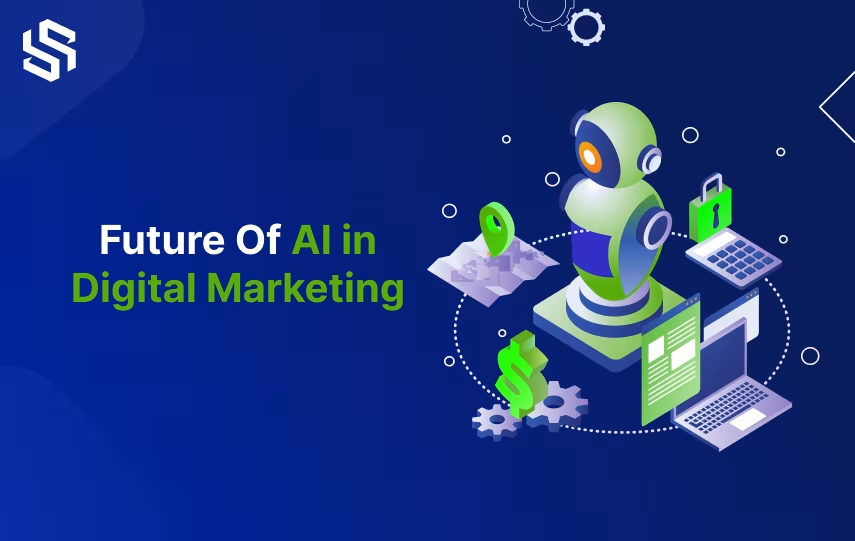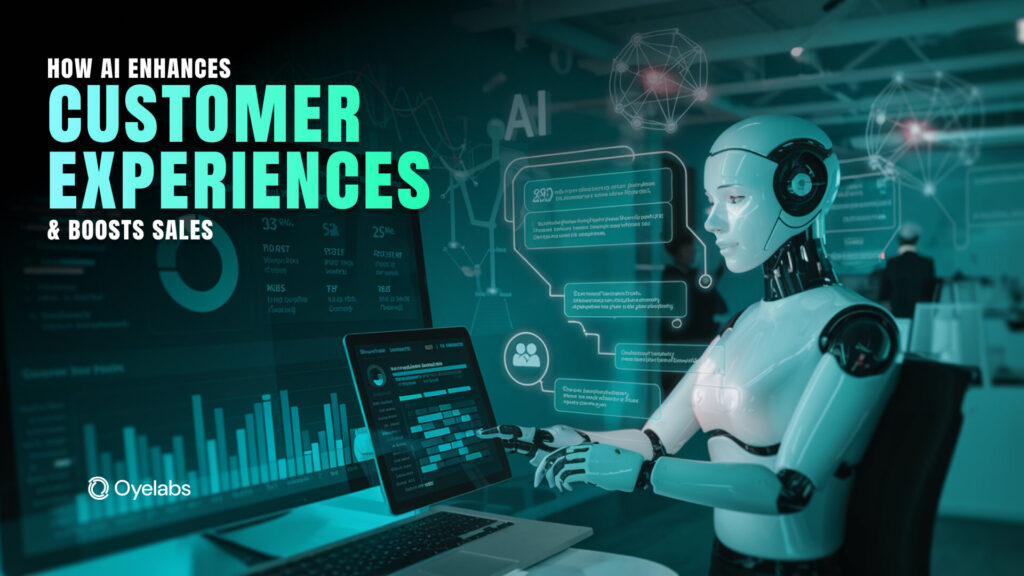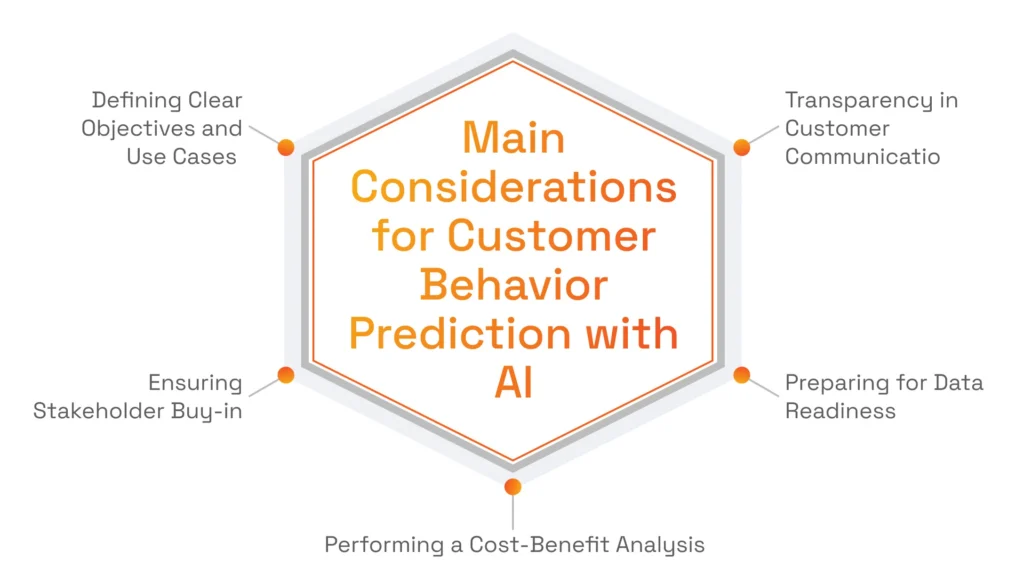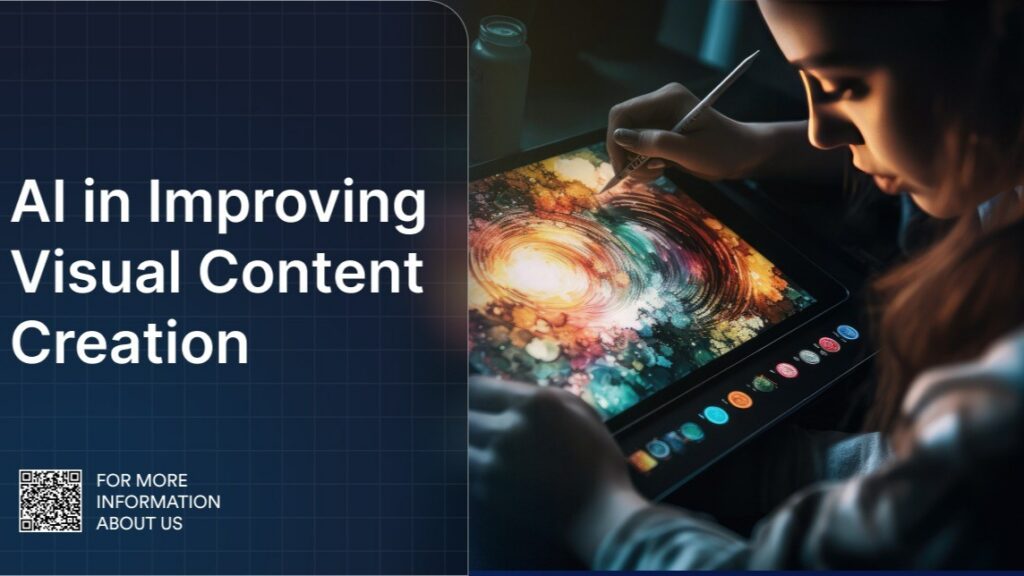The Future of AI in Digital Advertising
Artificial Intelligence (AI) is reshaping the landscape of digital advertising by automating tasks, improving targeting, and optimizing ad performance in real-time. As AI technologies continue to evolve, they are enabling advertisers to deliver more personalized, relevant, and engaging ads to users, while maximizing return on investment (ROI). The future of digital advertising lies in AI-powered tools that leverage machine learning, predictive analytics, and natural language processing (NLP) to create smarter and more efficient campaigns. In this article, we’ll explore the future of AI in digital advertising, emerging trends, and how businesses can stay ahead by embracing AI-driven innovations. How AI is Shaping the Future of Digital Advertising 1. Automated Ad Creation and Optimization One of the most significant ways AI is shaping the future of digital advertising is through the automation of ad creation and optimization. AI-powered tools can automatically generate ad copy, headlines, and creatives based on user data, previous campaign performance, and best practices. For example, Google Ads offers Responsive Search Ads, which allow AI to test different combinations of headlines and descriptions to determine the best-performing ad variations. AI can also optimize ads in real-time by analyzing performance metrics such as click-through rates (CTR), conversions, and cost-per-click (CPC). Machine learning algorithms continuously learn from user interactions and adjust ad copy, targeting, and bids to improve performance. For example, an AI tool might detect that a specific ad variation is generating higher conversions for a particular audience segment, and automatically prioritize that version to maximize results. This level of automation reduces the need for manual intervention, allowing marketers to focus on strategic decision-making while AI handles optimization. 2. Predictive Analytics for Ad Targeting AI is revolutionizing ad targeting by using predictive analytics to anticipate which audiences are most likely to engage with ads or convert into customers. Predictive models analyze past behavior, demographic data, and engagement history to forecast future actions, helping advertisers deliver highly targeted ads. For instance, AI-powered platforms like Facebook Ads and Google Ads use machine learning to predict which users are most likely to interact with specific ads based on their browsing habits, purchase history, and previous interactions with similar products. This allows businesses to allocate their ad spend more efficiently by focusing on users who are most likely to convert. Predictive targeting also helps with lookalike audiences, where AI identifies users who resemble a business’s best customers and targets them with personalized ads. By predicting which users will respond positively to an ad, AI-driven targeting increases relevance and ROI. 3. Real-Time Ad Personalization Personalization has become a cornerstone of effective digital advertising, and AI is making it possible to deliver real-time personalized ads based on individual user behavior. AI-driven platforms can analyze user data—including location, browsing activity, and purchase history—in real-time to serve tailored ads that are relevant to each user’s preferences. For example, a travel company might use AI to display ads featuring flight deals to users who recently searched for vacation destinations. AI tools like AdRoll and Criteo can dynamically update ad content based on user behavior, such as recommending products that users have viewed on a website or offering personalized discounts to encourage a purchase. This level of personalization improves engagement and conversion rates by delivering ads that feel relevant to the user’s current needs and interests.





